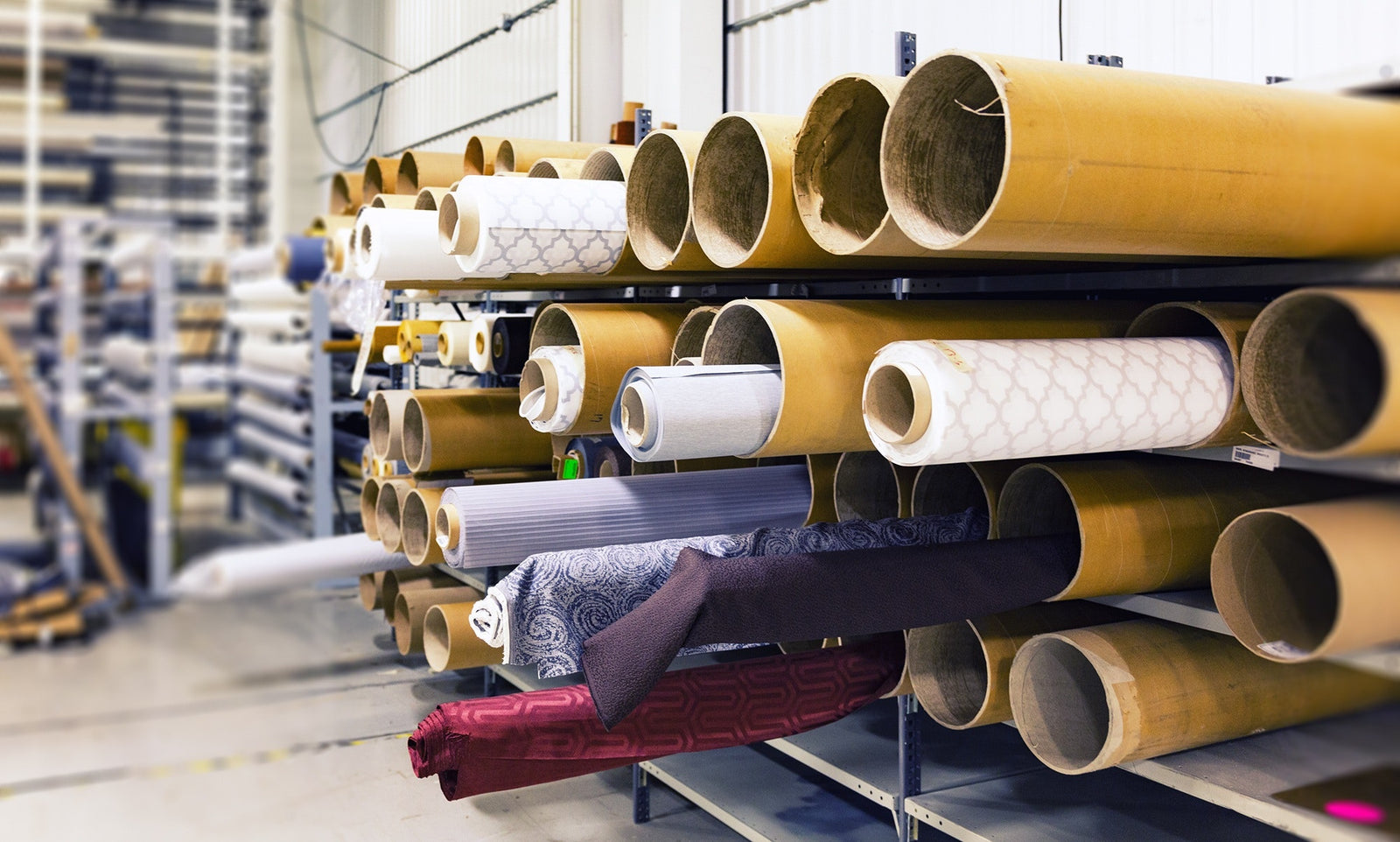Your Cart is Empty
FREE U.S. SHIPPING ON PURCHASES OF $75 OR MORE + FINAL SALE (no returns or exchanges)
Shopping sustainable fashion brands is easier and more affordable, than you think. As the new year starts, we are examining how to pursue a more purposeful 2020. So, the A.Team has put together five tips on how to easily assemble a sustainable wardrobe that will add simplicity to your life and not over clutter your closet.
1. Know your fabrics
The quickest way to start shopping sustainably is to buy designs sourced from sustainable material. Today, textile innovation is allowing for more sustainable resources to be used to engineer fibers. For example, bathing suits made out of plastic bottles, upcycled jeans, and vegan leather.
Meaning… material matters, but you may not get all the facts from reading the label, so here is a quick breakdown.
Andrea Seemayer, our founder of A.Lynn says there are several fibers to avoid.
So which are the best fibers to buy when putting together your sustainable wardrobe? Let’s dive in.
So now that we have taken a deep dive into the variety of fabrics, the takeaway is buying sustainably-sourced fashion not only feels great, but it is better for your skin by not wearing manufactured chemicals.
2. Shop Online
Yeah, you heard, right. Shopping in your PJs on a Sunday night while binge-watching The Crown is actually more sustainable than driving to and from a mall.
Here is why:
According to this analysis, shopping trips cause one of the biggest climate effects of clothing. This is from the ‘last mile” effect, a term experts in logistics coined for the last stage of product transport, which is the most energy-intensive of any transport stages.
Don’t take my word for it. Alan McKinnon, a professor of logistics at the Kühne Logistics University in Hamburg, Germany, and colleague Julia Edwards have pointed out, and this stage “typically generates more CO2 emissions than all the upstream logistical activities.”
That being said, If you live in a city where you can walk or take public transportation to a store, then do that!
Shopping online also has the benefit of allowing you to be a more thoughtful purveyor of your brands. Find out their story, what their mission is, and buy according to your values.
3. Try A Capsule Wardrobe
Capsule wardrobes are the best way to maximize the use of articles of clothing while reducing decision overload. The best part, you are probably already doing this every time you travel. So this year, just bring those savvy outfit matchmaking skills into your everyday choices.
A quick history lesson before we begin... The term Capsule Wardrobe was originally coined by Susie Faux, the owner of a London boutique called "Wardrobe" in the 1970s. According to Faux, a capsule wardrobe is a collection of a few essential items of clothing that don't go out of fashion and the Cambridge Dictionary defines a capsule wardrobe as a “small collection of clothes that can be put together in different ways and includes everything you would normally need to wear.”
Ok, so how do we build one?
Most experts advise that your capsule wardrobe should include between 37-50 pieces (and no more), which can be mixed and matched to create a wide variety of outfits. Andrea Seemayer, our founder of A.Lynn says the number of pieces you own is not as important as “making sure you have all of the basics covered” and most importantly, with “well-made pieces that fit you properly.”
Next, you will want to narrow down your essentials. Make sure you have the basics: dress, skirt, jeans, pants, and a few shirts. Then lay them out on your bed and mix and match to make sure that every item can pair with at least four other items. While you are doing this, you can even have fun and take pictures of your outfits so you remember your pairing for the month ahead.
If you want more inspiration, here are some of our favorite capsule wardrobe influencers:
4. The 30 Wears Test
Several years ago, Livia Firth, the founder of Eco-Age, began the #30Wears campaign in an effort to encourage consumers only to buy an item if they really believed they'd wear it.
The movement which went viral on Instagram might just be the best way to start a new decade. The 30 Wears Tests asks the question, “will I wear this 30 times?” And if the answer is no, well not only are you saving the planet from clothing waste, you are helping your wallet.
And though there is little scientific research on how often people generally wear their clothes, one survey of 2,000 women in the UK found that people really only wear an article of clothing seven times on average.
So no need to look back into the dark corners of your closet at the dress with huge puffy shoulders you swore you’d wear all season. Simply look forward to your next purchase and ask, “how many times do I think I will wear this?”
5. Quality Over Quantity
This may just be the Marie Kondo form of sustainable shopping you’ve been looking for. Think of buying clothes that bring you joy (and will continue doing so for a long time). Hold it close to you and gauge if it will bring you all-day comfort.
Buying quality over quantity is basically the icing on the cake to tip 3 and 4. And this method saves money in the long run. Better quality means that the design will last longer. Therefore you will need to buy less.
Andrea, says there are clear signs to spot a quality purchase.
SIGNS IT’S GOOD:
“The extra finishes put onto a garment are signs of quality,” explains Andrea. If you are in doubt, try the tug test. Lightly tug on main seams, if there are no cracking sounds or breaking of threads, its probably good craftsmanship.
